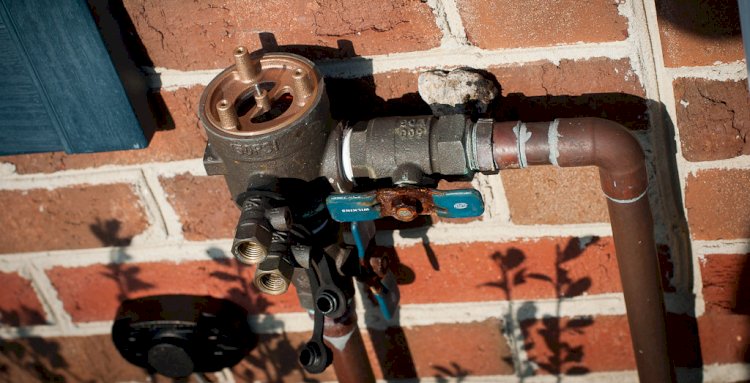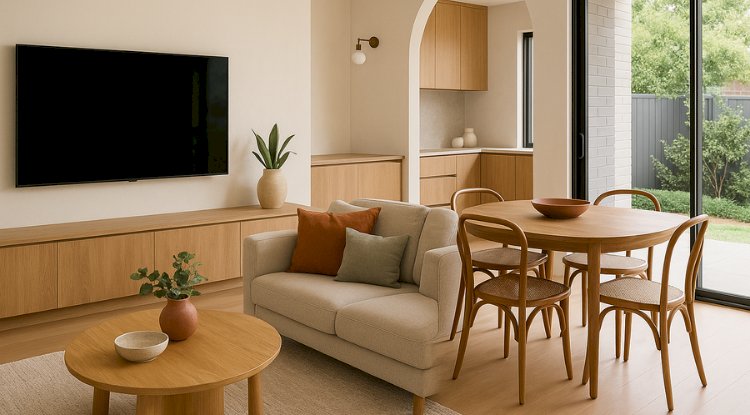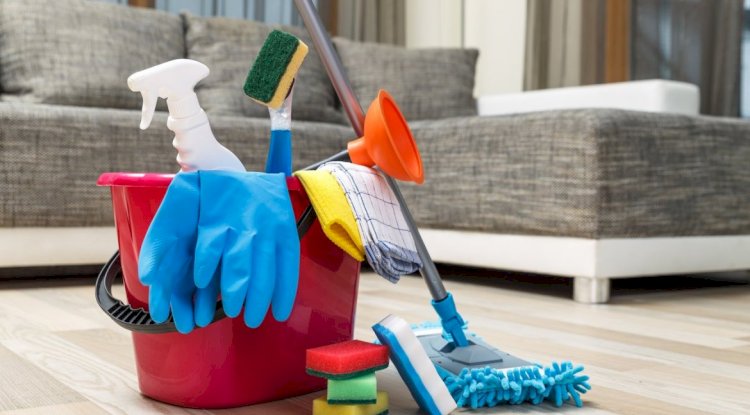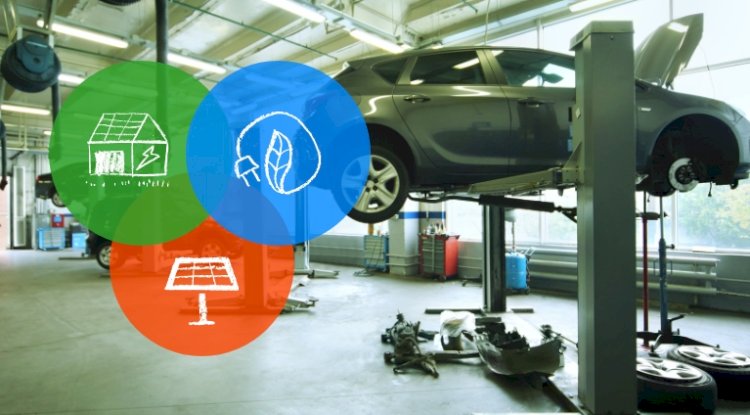Best Backflow Prevention Tips For Your Property
Here you will know how you can protect your property with useful backflow prevention devices such as Air Gaps, Reduced Pressure Zone, Double Check Valve and Vacuum Breakers and more.

The piping system are cross-connected to the public water system ought to be connected in a manner that shields the water system from backflow. This can be achieved in different ways and with different devices that include the use of:
- Air Gaps
- Reduced Pressure Zone Backflow Preventers
- Double Check Valve Assemblies
- Vacuum Breakers
Air Gap
An air gap is the best method for backflow prevention between the public water system and any piping system. The air gap also prevent all cross-connections and contamination to your water. One major advantage of the air gap is that there are no moving parts to maintain. Facts about Air Gap:
- Renders the highest level of protection
- The gap ought to be two times the inside diameter of the inlet pipe.
- Minimum gaps should be one inch above the overflow level.
Reduced Pressure Zone (RPZ Valves) Backflow Preventer
- Another type of backflow prevention device that can be used in every cross-connection situation is the Reduced Pressure Zone (RPZ) backflow preventer.
- RPZ valves used to stop backwards water flow. It has a continuous drip from the relief valve indicates the valve is malfunctioning.
- During normal operation, supply pressure will exceed the downstream pressure and act to keep the relief valve shut.
- If a vacuum develops in the supply line, both check valves will close and the relief valve will open.
- This open relief valve creates an air gap between the two check valves and prevents backflow from occurring.
The right performance requires the right installation:
- Assembly must be accessible for inspection and testing.
- Installed such that the relief port cannot be submerged (this would create a cross-connection).
- Protect against freezing.
- Install screen upstream to prevent fouling.
- Install horizontally.
Double Check Valve
- The double check valve assembly is designed like the RPZ without the pressure relief valve.
- This makes it so that there is no external way to tell if the check valves are leaking and allowing backflow.
- Double-check valve assemblies are not recommended in high-risk situations in which public health could be at risk in the event of a backflow condition.
Vacuum Breakers
- Vacuum breakers are designed to prevent back-siphonage from occurring when a partial vacuum is formed within the distribution system.
- This is accomplished by allowing air to enter the line which will break the siphon.
- There are two main types of vacuum breakers for two distinct applications.
- One type is designed for use only in systems where they will not be exposed to any form of backpressure. This type is called an Atmospheric Vacuum Breaker (AVB).
- Another type known as a Pressure Vacuum Breaker (PVB) can operate against backpressure.
Facts about Atmospheric Vacuum Breaker (AVB)
- It’s not designed to protect against backpressure.
- It’s only used where there is no possibility of backpressure.
- It’s installed 6 inches above the highest point of the downstream outlet.
Facts about Pressure Vacuum Breaker (PVB)
- It’s not designed to protect against backpressure.
- Two valve assembly
- One closed with spring pressure when the flow stops.
- The second valve opens and allows air to break the vacuum.
- It’s installed 12 inches above the highest point of the downstream outlet.
The Bottom Line
If you think your property’s backflow prevention isn’t working properly, then don’t delay, you can call a certified and expert 24 hour plumber Melbourne today.
Share
What's Your Reaction?
 Like
0
Like
0
 Dislike
0
Dislike
0
 Love
0
Love
0
 Funny
0
Funny
0
 Angry
0
Angry
0
 Sad
0
Sad
0
 Wow
0
Wow
0
















1
1